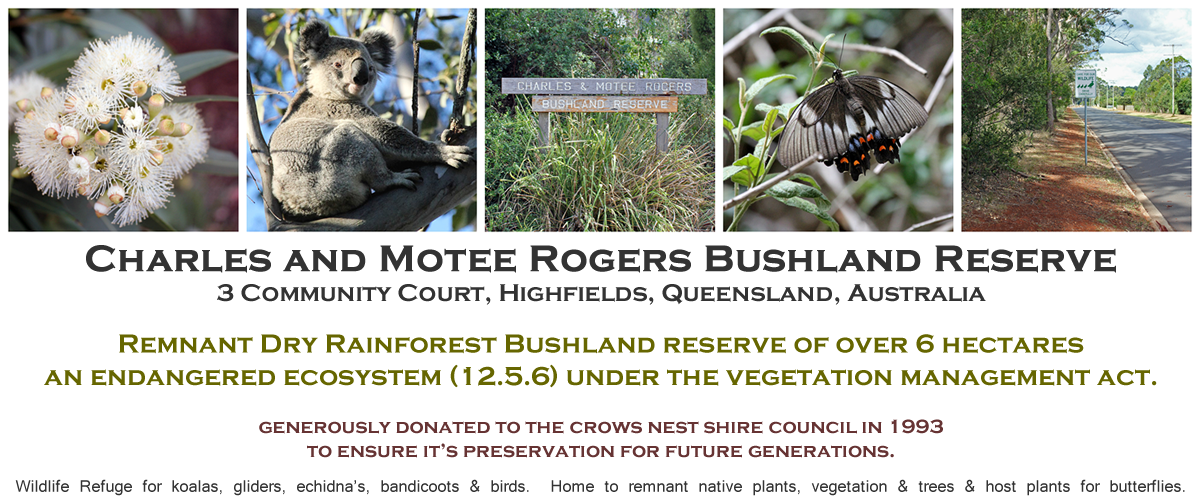REMOVAL OF MOTH VINE (aka FALSE CHOKO)
by Greg Lukes
Moth Plant (Common Moth Vine, False Choko)
Araujia sericifera
Family: Asclepidiaceae
Araujia sericifera in Australia is considered a weed. It is a rapid growing vine with oval leaves, sometimes with a slightly heart-shaped base, and a white underside, growing in opposite pairs. The leaf upper surface is a dull dark green, not glossy. Milky sap is produced from cuts or other damage. Showy white shortly tubular flowers are held in the leaf axils. Seeds have a tuft of hairs to assist dispersal, and are packed tightly into a leathery green choko-like capsule, which splits when ripe.
It is found widespread in a variety of habitats, but most common in moist soils along rivers. Impacts native bushland by climbing over shrubs and small trees, smothering and breaking them down. Also spreads over the ground, smothering native groundcover plants. Seeds are readily spread on the wind and in water.
Control
CAUTION The milky sap is an irritant to the skin and eyes. Wear gloves when handling this plant and avoid getting the sap in the mouth or eyes.
Young plants are easily hand-pulled if growing in loose soil, or can be dug out. Large plants can be treated by the scrape and paint method.
When removing any species of vines, be careful about pulling them down, as this can damage the supporting plant. Generally, they are better left to die off and break up in place, unless this would involve leaving seed pods in the canopy. Try to control vines (and other weeds) before seed has formed to avoid this problem, but if fruits are present (even if they are still green), they should be collected as carefully as possible and disposed of properly.
Native Look-alikes
The flowers and choko-like fruits are distinctive but there are some native climbers with similar leaves.
Milk vines (Marsdenia rostrata and M. flavescens) also have milky sap and opposite leaves. However, the upper surface is shiny and the underside pale green in M. rostrata and yellowish in M. flavescens. Flowers are smaller and yellow, and seed pods long and narrow. (Found from Gold Coast down to Victoria.) Common silkpod (Parsonsia straminea) has similar leaves which are dull green above and paler green below, yellow flowers and long cigar-shaped pods. The small native vine Tylophora barbata has clear sap, opposite pale green leaves, and the rarely produced flowers are small and dark purple.
Article and further images can be found on this website
www.esc.nsw.gov.au/living-in/about/our-natural-environment/introduced-plants-and-animals/weeds/weed-profiles/moth-plant-araujia-sericifera,-formerly-a
Video on moth vine removal
www.youtube.com/watch?v=a5ncXvKSeFc&feature=related
Local note. We found some seeds along the track that unfortunately had recently been dispersed by the wind. Larger plants growing in the loose soil can also be dug out carefully lifting out all the main roots which can travel for metres just below the surface. Monitor the area for reshoots within 1-3 months after removal.
 |
| The 'white fluff' shown on the track are Moth Vine Seeds that have dispersed in the wind. |
 |
| A close up of the fluffy moth vine seeds |
 |
| Here you can see the actual seed within the white fluff of the moth vine plant |












